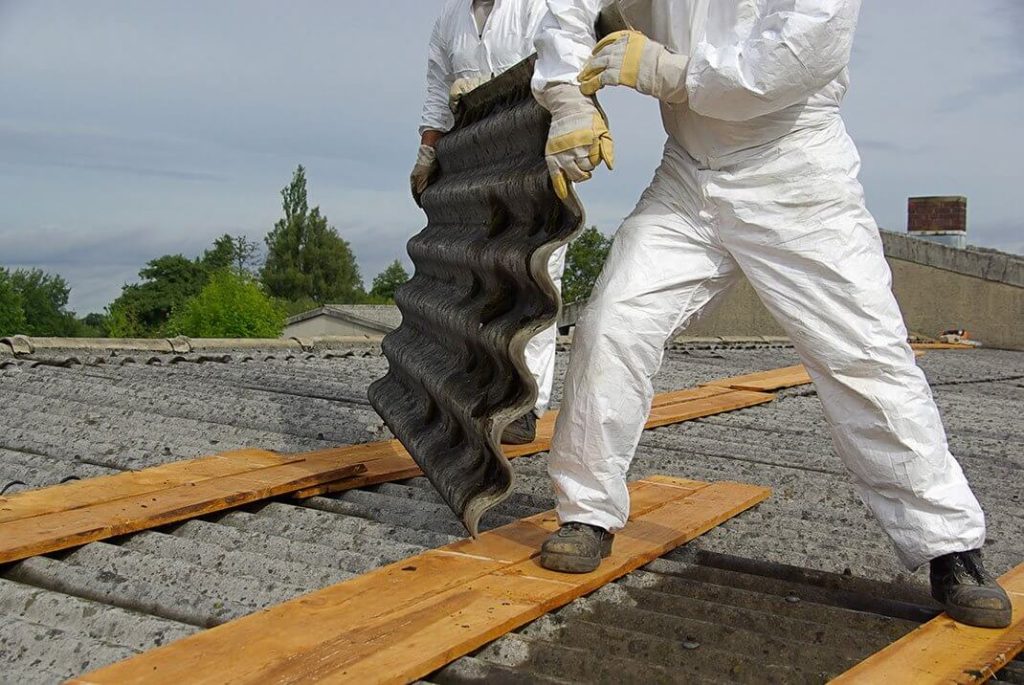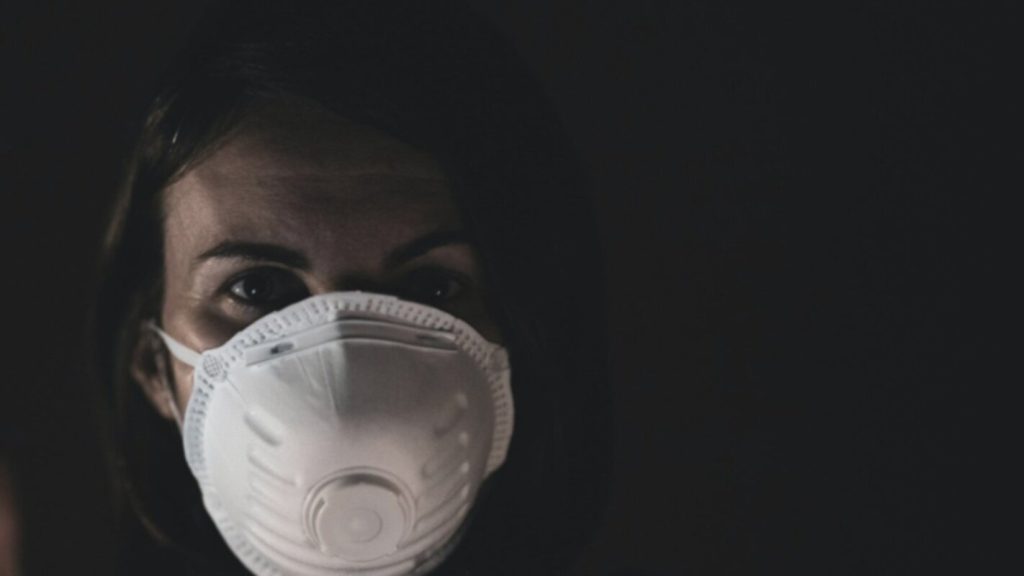OSHA has regulated asbestos exposure in the workplace since the Occupational Safety and Health Act of 1970 came into effect. OSHA has also established industry specific asbestos standards to protect workers in the US with exposure to this hazardous substance. The permissible exposure limits to asbestos have been reduced multiple times since 1970 as new information has become available which indicated an increased danger to workers. Vest receives ongoing questions regarding the asbestos standard requirements for different industries. Below you will find additional clarification on asbestos exposure and how it may apply to your business.
What is asbestos?
Asbestos is the name given to a group of naturally occurring minerals that are resistant to heat and corrosion. Asbestos includes the mineral fibers chrysotile, amosite, crocidolite, tremolite, anthophyllite, actinolite and any of these materials that have been chemically treated or altered.
Asbestos has been used in many products over the years such as insulation for pipes, floor tiles, building materials, and in vehicle brakes and clutches. Asbestos continues to be used in the manufacture of many products in the United States today.
How are workers exposed to asbestos?
Workers can be exposed to asbestos during many different job tasks and each job task should be evaluated independently for all hazards. You can find more information about completing hazard assessments for respiratory protection here. Workers in General Industry, Construction, and Maritime industries have potential exposure to asbestos as a respirable particle. Here are a few examples of industries with at-risk workers:
- General Industry (29 CFR 1910.1001)
- Firefighting
- Industrial and power plants
- Automotive brake and clutch repair
- Manufacturing of asbestos products such as textiles, friction products, insulation, and other building materials
- Construction (29 CFR 1926.1101)
- Demolition of structures with asbestos containing material (residential and commercial)
- Residential and commercial renovation projects
- Maritime (29 CFR 1915.1001)
- Demolition, repair, and decommissioning shipyard workers
- Boiler and equipment repair on ships with asbestos containing materials
What is an asbestos containing material (ACM)?
Asbestos containing material is any material containing more than 1% asbestos.
What are the exposure limits for employees when working with asbestos containing materials?
Permissible Exposure Limit: 0.1 fiber per cubic centimeter of air, 8 hour TWA
Excursion Limit: 1.0 fiber per cubic centimeter of air (1 f/cc), Averaged over a 30-minute period
What is the excursion limit?
The excursion limit is the maximum level of airborne concentration that an employee can be exposed to over a 30-minute period.
The excursion limit is 1.0 fiber per cubic centimeter of air (1 f/cc) as averaged over that 30-minute period.
How do I determine if my employees are exposed to asbestos?
The most common and objective way to assess an employee’s exposure would be to utilize the services of a Certified Industrial Hygienist (CIH) to conduct air monitoring of the breathing zone of potentially affected employees. The CIH is qualified to collect samples, have them analyzed, and create a report of the results.
Here are a couple examples of workers who may have an occupational exposure to asbestos:
- Firefighters – Asbestos was used in building materials such as insulation and tiling. A fire can destroy asbestos containing building materials, leaving respirable asbestos to which firefighters and other rescue personnel could be exposed.
- Renovation and Remodel Workers – Homes and commercial buildings built before the 1970’s often used asbestos containing vinyl floor tiles, pipe insulation, popcorn ceiling, drywall, and attic insulation. Workers in the renovation and remodel industries may have to remove these old materials when remodeling residential and commercial properties. The removal of these products generally creates dust which can then be inhaled by the worker.
Do I have to monitor my employee’s exposure to asbestos when I know it is present?
Yes. Each employer who has a workplace or work operation covered by one of the asbestos standards must perform initial monitoring of employees who are, or may reasonably be expected to be exposed to airborne concentrations at or above the TWA permissible exposure limit and/or excursion limit.
Ongoing monitoring may be required based on the type of work which is being performed and the potential exposure for employees.
If you are able to objectively confirm that the asbestos to which the employee will be exposed is not capable of being released in airborne concentrations above the PEL or Excursion Limit, no initial or ongoing monitoring may be required.
What if my employees are exposed to asbestos above the Permissible Exposure Limit of 0.1 (f/cc)?
Implement any controls possible to reduce the employee’s exposure below the PEL and/or Excursion Limit.
If controls are not feasible to reduce exposure levels below the PEL or Excursion Limit, identify areas where employees must be exposed to ACM and meet the industry specific requirements for regulated areas.
What is a Regulated Area?
A Regulated Area is any area where employees must work where airborne concentrations of asbestos are in excess of the TWA or Excursion Limit.
What requirements are there for Regulated Areas?
- Demarcation: The regulated area must be demarcated from the rest of the workplace in any manner that minimizes the number of people who will be exposed to the asbestos.
- Access: Access to the area must be limited to only authorized personnel.
- Provision of Respirators: Any person entering the demarcated regulated area must be provided with and required to use an appropriate respirator.
- Prohibited Activities: Employees are not allowed to eat, drink, smoke, chew tobacco or gum, or apply cosmetics in regulated areas.
- Classification (Construction and Maritime): Asbestos work must be classified based on the work being performed. This ranges from Class I to IV.
What type(s) of respirators and filters does the asbestos standard require?
The asbestos standard requires tight fitting respirators for any workers who must enter a regulated area.
If the employee chooses to wear a Powered Air Purifying Respirator (PAPR), the employer must provide a tight-fitting PAPR.
All cartridges and filters must be HEPA filters for both powered and non-powered air-purifying respirators. These cartridges or filters must be rated at least P100.
The asbestos standard expressly prohibits the usage of filtering facepiece respirators (N95, dust mask) for protection against asbestos fibers in General Industry as well as most Construction and Maritime activities.
What other PPE requirements are there for employees who enter regulated areas?
- Coveralls or similar full-body work clothing
- Gloves, head coverings, and foot coverings
- Face shields or vented goggles
- Any other appropriate protective equipment as identified in the hazard assessment
What other requirements do I have if my employees must enter regulated areas?
- Must have a plan for inspection, cleaning, removal, storage of PPE as not to contaminate areas outside of the regulated area.
- Must provide hygiene facilities (change rooms, sinks for hand washing, and showers)
- Must provide lunchroom facilities for employees who work in regulated areas which have positive pressure, filtered air supply, and are readily accessible to employees.
- Must post warning signs and warning labels in specific areas
- Must implement a respiratory protection program which meets the requirements of 29 CFR 1910.134
- Must provide adequate training to employees initially an annually thereafter
Respiratory Protection
All employers who must implement a respiratory protection program, must meet the minimum requirements of the Respiratory Protection standard. Additional information regarding Respiratory Protection Program requirements can be found here.
To ensure that your business is in compliance with these OSHA regulations, the first step is to evaluate if you have an occupational exposure to asbestos containing materials. If ACM are present, extreme caution must be taken to ensure that employees are adequately protected against the exposures of asbestos. Employees must be trained on the hazard to which they are exposed, and respiratory protection must be worn to ensure that employees are protected against exposure to asbestos in the workplace. The usage of respiratory protection in the workplace for any reason requires an initial medical evaluation questionnaire and Vest can assist your business with meeting this requirement.
Additional Resources: OSHA provides additional information that can be found on the OSHA website following the links below.
Evaluating and Controlling Asbestos Exposure – Additional Guidance on Medical Surveillance



